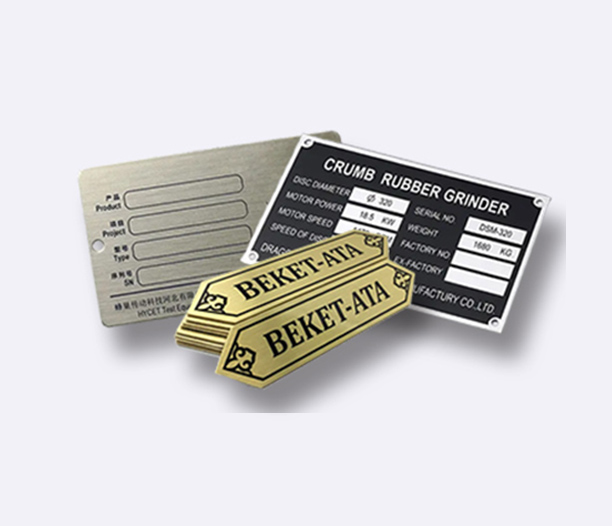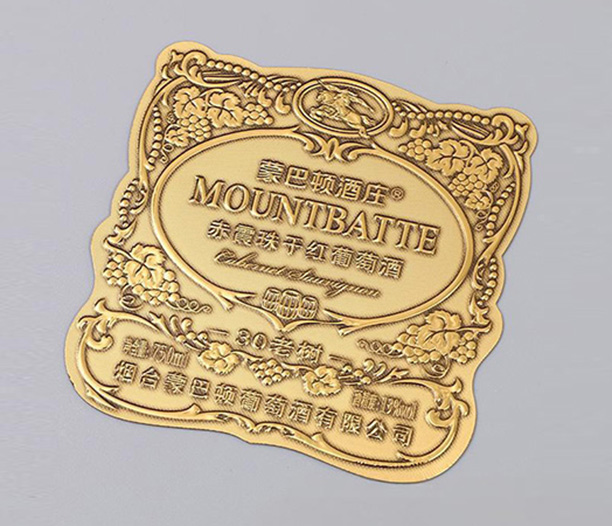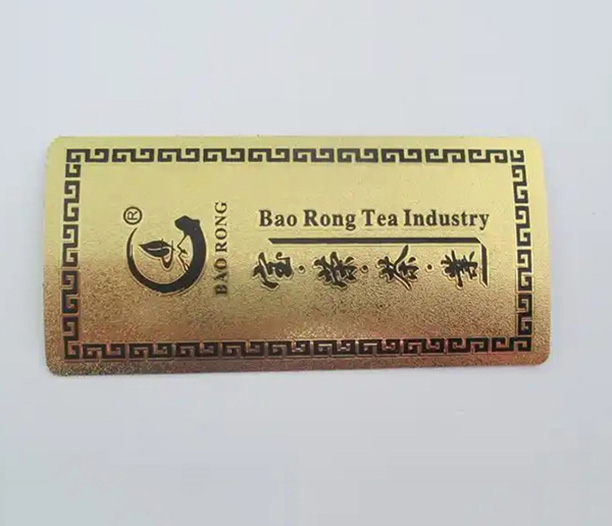If you're exploring the world of affordable housing, you've likely encountered the term "manufactured home." But not all manufactured homes are created equal. The true mark of quality, safety, and investment security in this industry is the presence of a HUD label manufactured home. This small, metal plate is far more than a simple insignia; it is a certification that distinguishes a well-built, federally regulated home from its predecessors. Understanding what this label means is crucial for anyone considering purchasing or owning one of these homes. This article dives deep into the importance, history, and practical implications of the HUD label, providing you with the knowledge you need to make an informed decision.
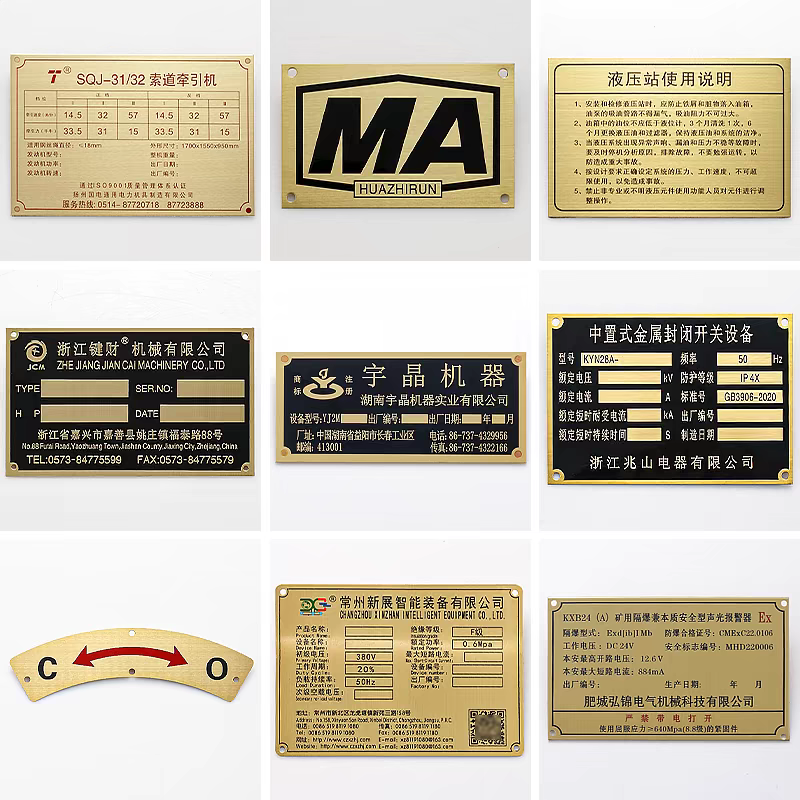
What Exactly is a HUD Label Manufactured Home?
A HUD label manufactured home is a factory-built home constructed after June 15, 1976, in compliance with the Federal Manufactured Home Construction and Safety Standards (FMHCSS), often referred to simply as the "HUD Code." Before this date, factory-built homes were known as "mobile homes" and were built to a variety of often inconsistent state and voluntary standards.
The HUD Code established a unified, national set of regulations governing the design, construction, strength, durability, transportability, fire resistance, energy efficiency, and overall performance of manufactured homes. Each home built to these standards receives a permanent, red metal plate—the HUD label—affixed to its exterior. This label is the physical proof that the home has been inspected during production by a third-party agency and certifies that it meets all federal requirements. It typically includes a unique serial number, the manufacturer's name, and the date of production.
The History and Purpose of the HUD Code: A Response to Consumer Need
The implementation of the HUD Code was a landmark moment for the manufactured housing industry. Prior to 1976, the quality and safety of mobile homes varied dramatically. The lack of uniform standards led to significant consumer protection issues, with many homes being poorly constructed, unsafe, and difficult to finance or insure.
In response to growing concerns, the U.S. Congress passed the National Manufactured Housing Construction and Safety Standards Act of 1974. This law authorized the Department of Housing and Urban Development (HUD) to develop and enforce the FMHCSS. The primary goals were to:
Ensure the quality and durability of manufactured homes.
Protect consumers from substandard construction and safety hazards.
Increase public confidence in manufactured housing.
Provide a basis for the consistent financing and insuring of these homes.
The HUD label manufactured home became the symbol of this new era of quality and reliability. It effectively separated the new, federally regulated homes from the older, unregulated mobile homes, creating a distinct and improved class of housing.
Why the HUD Label is Your Guarantee of Safety and Quality
The presence of a HUD label is the homeowner's best assurance that their home has been built to rigorous federal standards. This translates into several critical benefits:
Structural Integrity: The HUD Code mandates strict guidelines for the home's chassis, frame, and anchoring systems to ensure it can withstand the stresses of transportation and provide a durable structure once sited.
Fire Safety: Standards for flame spread, smoke detection, and egress windows are all part of the code, significantly enhancing occupant safety compared to pre-HUD homes.
Energy Efficiency: The code includes requirements for insulation, storm windows, and sealing to reduce energy consumption and lower utility bills for the homeowner.
Electrical, Plumbing, and HVAC Systems: All these vital systems must be installed and tested according to the federal standards, reducing the risk of malfunctions, fires, or water damage.
Third-Party Verification: Perhaps most importantly, the code is not self-policed by manufacturers. Independent, state-approved inspection agencies monitor the production lines to ensure continual compliance.
When you see a HUD label manufactured home, you know it has passed these multifaceted checks and balances.
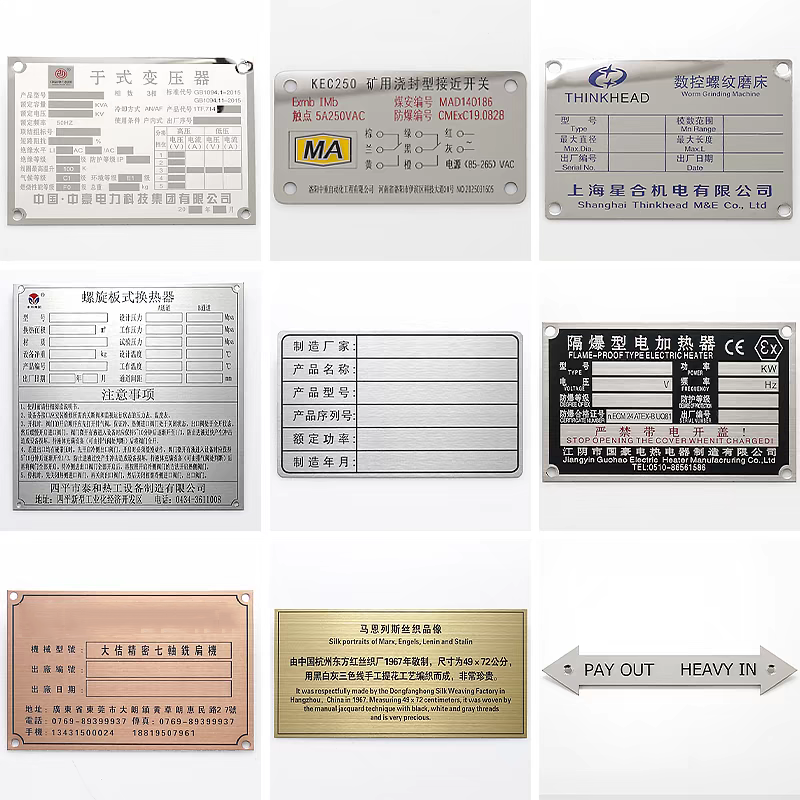
How to Find and Verify the HUD Label on a Manufactured Home
Locating and verifying the label is a key step in the home-buying process. For a typical single-section home, the HUD label is usually found on the rear exterior of the home. For a multi-section home, each section will have its own label, typically located on the exterior end of each segment.
If the label is missing, it can create significant problems. It may indicate that the home was built before 1976 (a "mobile home") or that the label was improperly removed. A missing label can make it extremely difficult to secure financing, obtain insurance, or even get permission to have the home moved. If you cannot locate the label, you can often find the data plate—a paper document typically located inside the home (on or near the main electrical panel, a kitchen cabinet, or a bedroom closet)—which contains the same crucial information, including the serial number.
To formally verify the home's status, you can use the serial number to contact the Institute for Building Technology and Safety (IBTS), which maintains the records for all HUD label manufactured homes.
The Critical Importance of the HUD Label for Financing and Insurance
The HUD label is not just about safety; it's a practical necessity for the financial aspects of homeownership. Lenders and insurance companies universally require a home to be a HUD label manufactured home to qualify for their products.
Financing: Government-backed loans from the FHA (Title I and Title II programs), VA, and USDA all explicitly require that a manufactured home must have been built after June 15, 1976, and bear the HUD label. Conventional lenders follow the same rule. Without the label, you are unlikely to qualify for a mortgage and may be limited to personal property loans with much higher interest rates and shorter terms.
Insurance: Similarly, insurers see the HUD label as a baseline for acceptable risk. A home built to a predictable, enforced federal standard is a far better risk than one built to unknown or outdated specifications. You will find it challenging and expensive, if not impossible, to get homeowners insurance for a non-HUD-labeled home.
In essence, the HUD label manufactured home is the gateway to legitimate and affordable homeownership, making it a critical asset for both your safety and your financial well-being. When considering a purchase, always confirm the presence of this vital certification. It is the single most important feature that defines a modern, secure, and valuable manufactured home.



